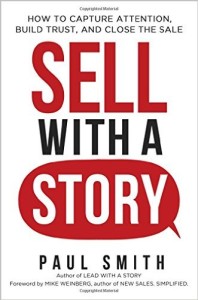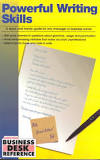Blog Selling With a Story

When Peter Guber’s book “Tell to Win” came out five years ago, talking about “the hidden power of story”, I immediately had a “Bingo!” sensation. As a freelance SEO copywriter reading the intro to that book, I couldn’t help thinking that if the power of story is to be directed towards the marketing strategy and tactics development of any business, there’s nowhere it’s a better fit than in corporate blog writing.While business blog posts are part of a company’s marketing plan, blogs cannot function as ads or billboards Blog posts will be at their most effective when presenting stories. The stories themselves become calls to action for readers.
The other day I came across a new book on the same theme: Paul Smith’s Sell With a Story: How to Capture Attention, Build Trust, and Close the Sale. “If you’re trying to influence buyers’ decisions,” Smith asserts, “using facts and rational arguments alone isn’t enough. You need to influence them emotionally, and stories are your best vehicle to do that.”
Stories, Smith explains, make it easier for buyers to remember:
- you
- your ideas
- your product (the story actually enhances the value of your product)
The many advantages of stories, Smith advises, include:
- highlighting your main idea by moving it to another context
- giving you a chance to be original
- adding an element of fun
Use stories to explain what you do, Smith says. (You know you’ve got it just about right when the story helps your mom, your spouse, or your kids understand what you do for a living, he says.)
Use stories to explain whom you’ve helped and how, and to dispel any negative perceptions, the author advises.
No, blogging for business isn’t about fiction. Still, successful content writing for blogs is all about the power of story, I’ve found over the years. In fact, one big, big part of providing business blogging assistance is helping business owners formulate stories. Online visitors to your blog want to feel you understand them and their needs, but they want to understand you as well.
Blog selling through stories helps forge that emotional connection between you and your potential customer.





Follow us online!